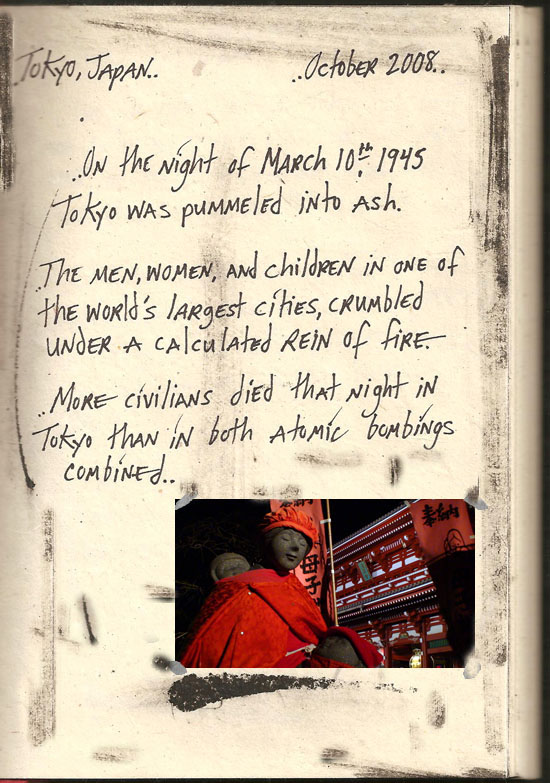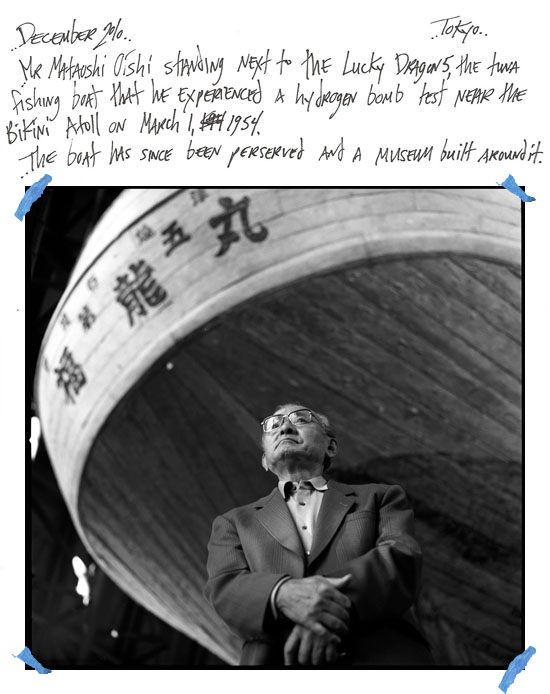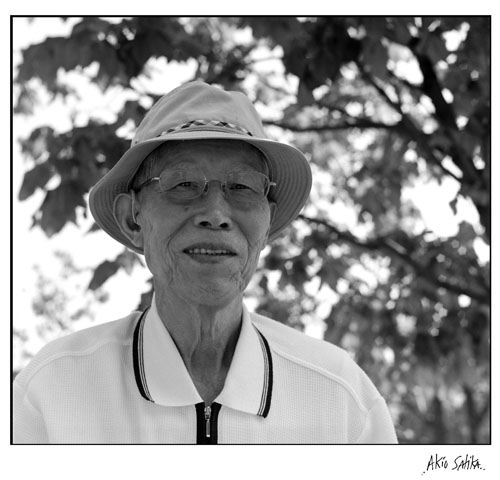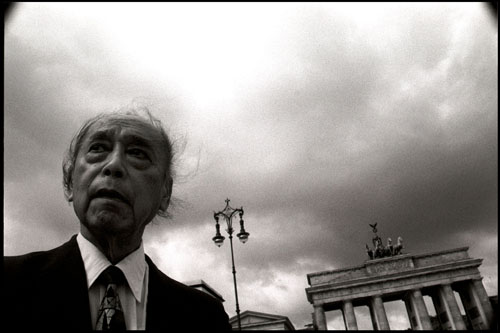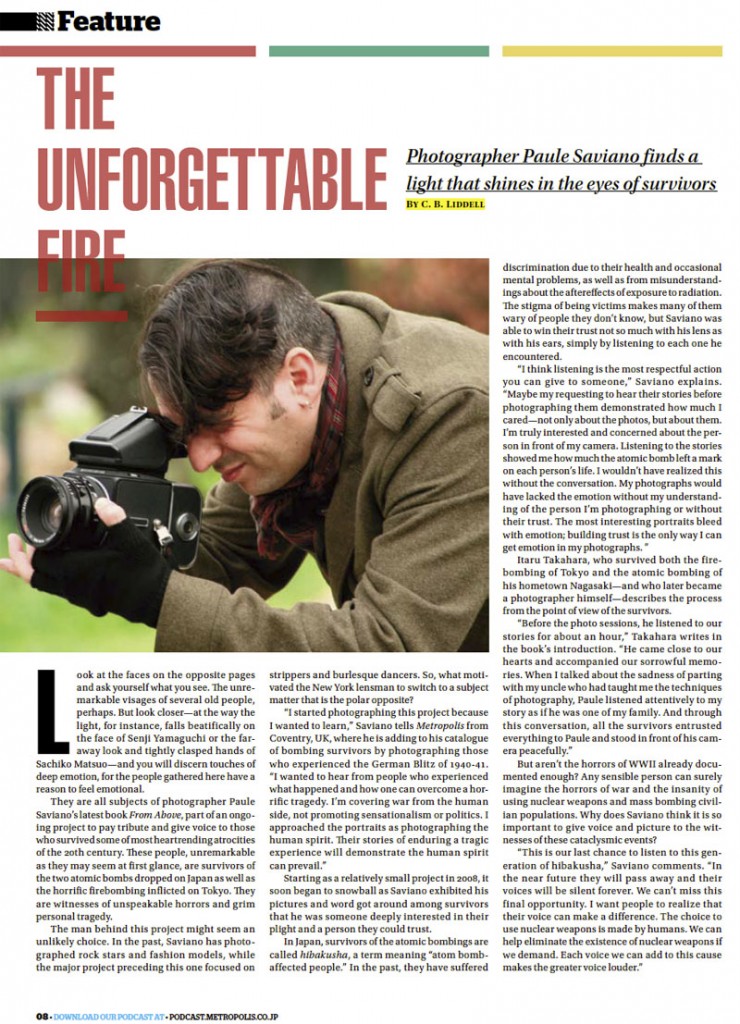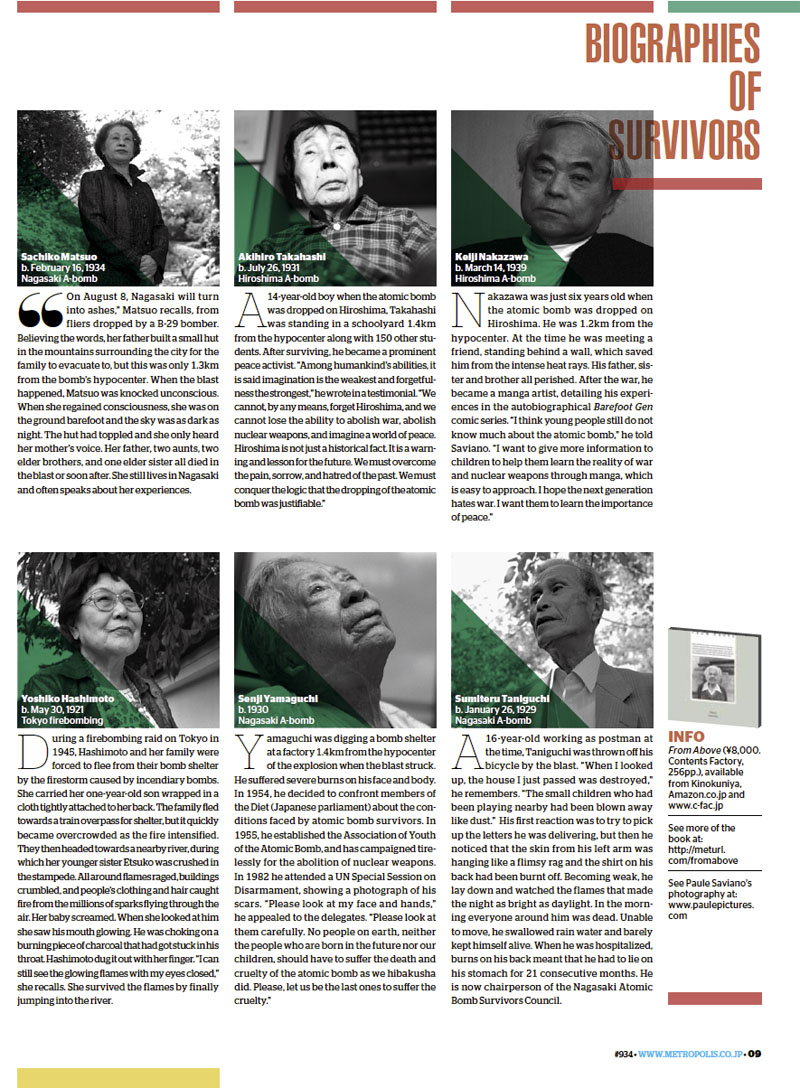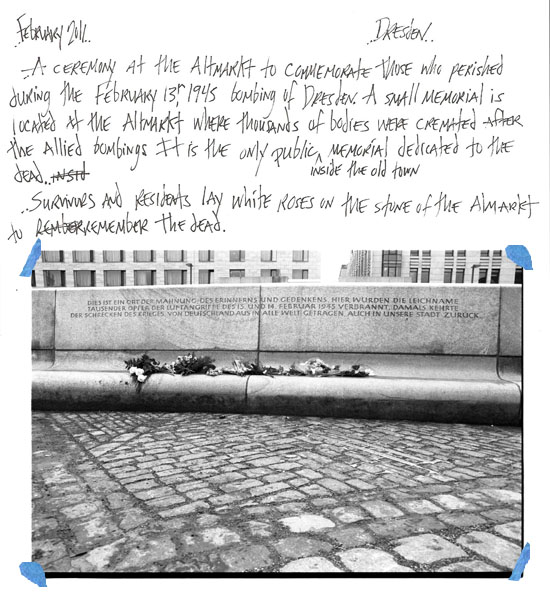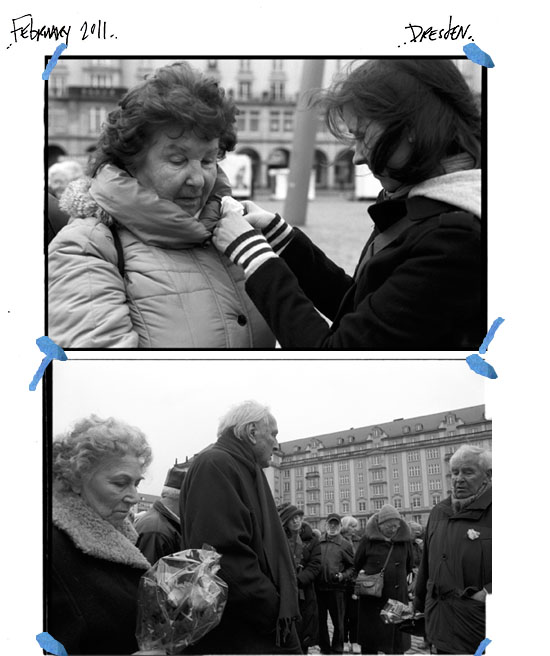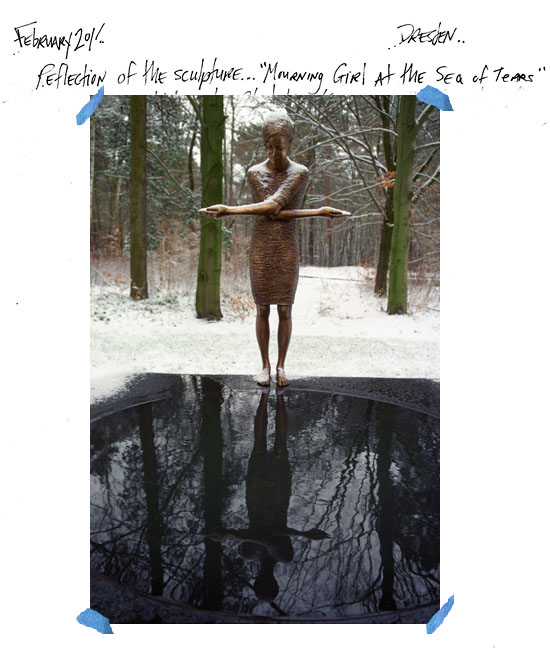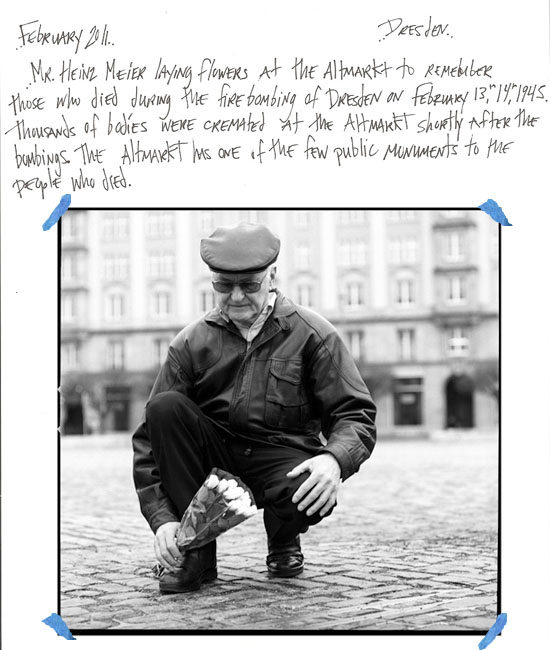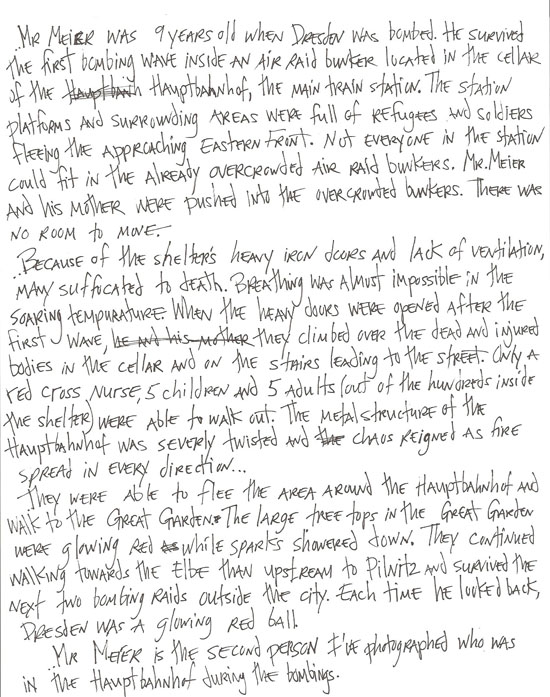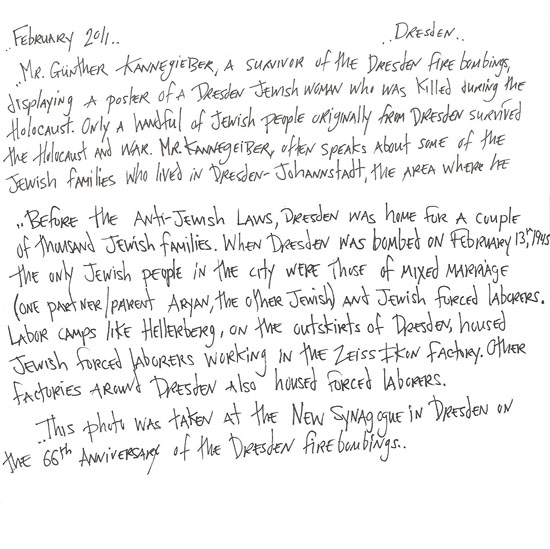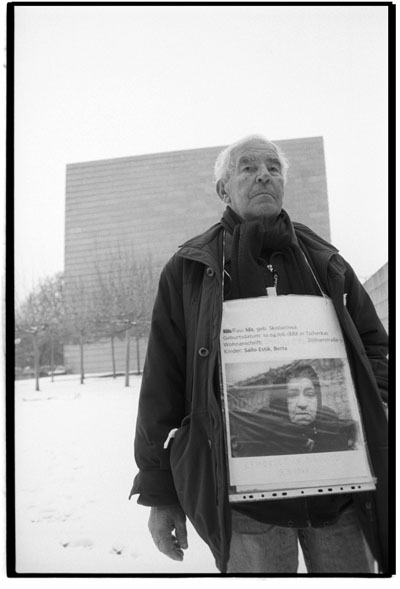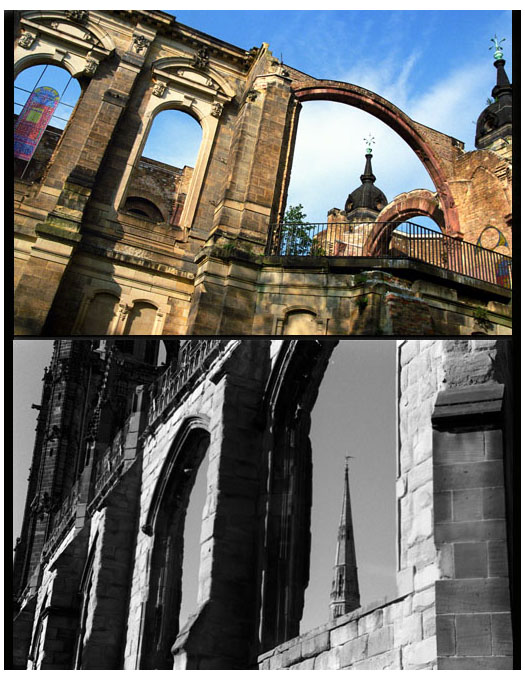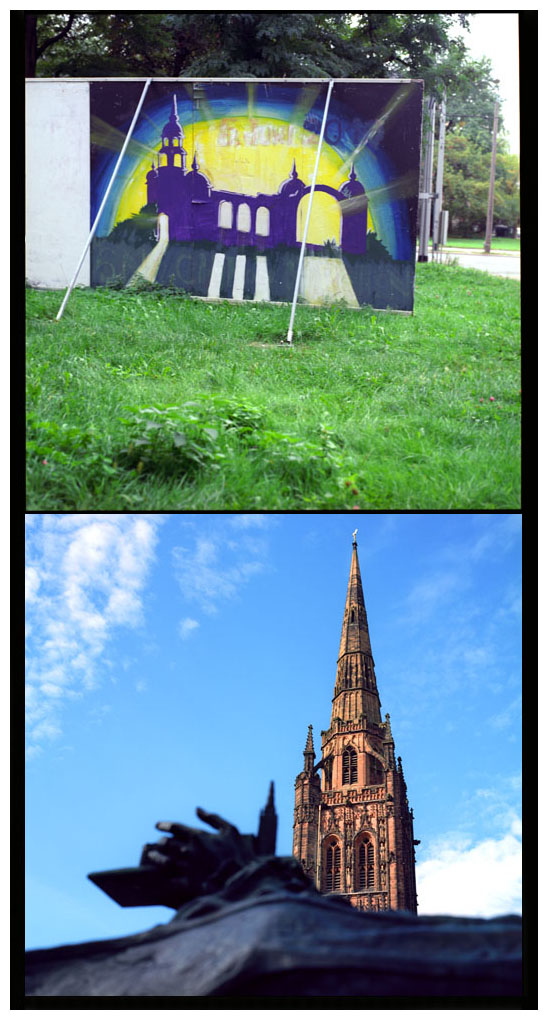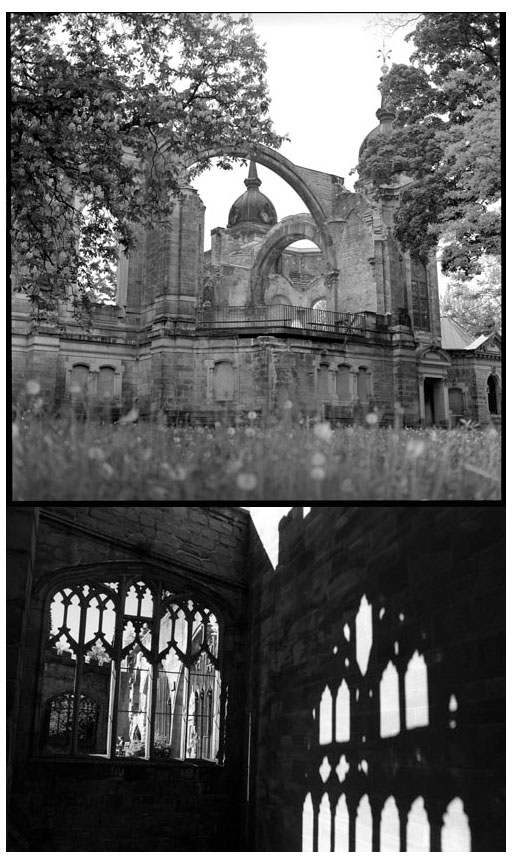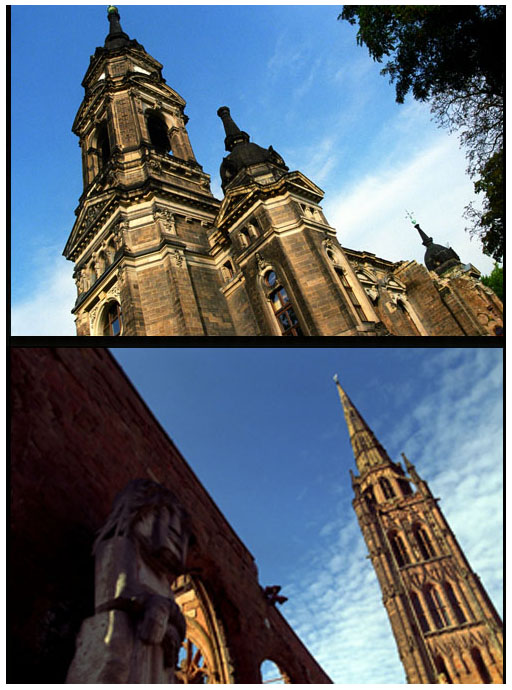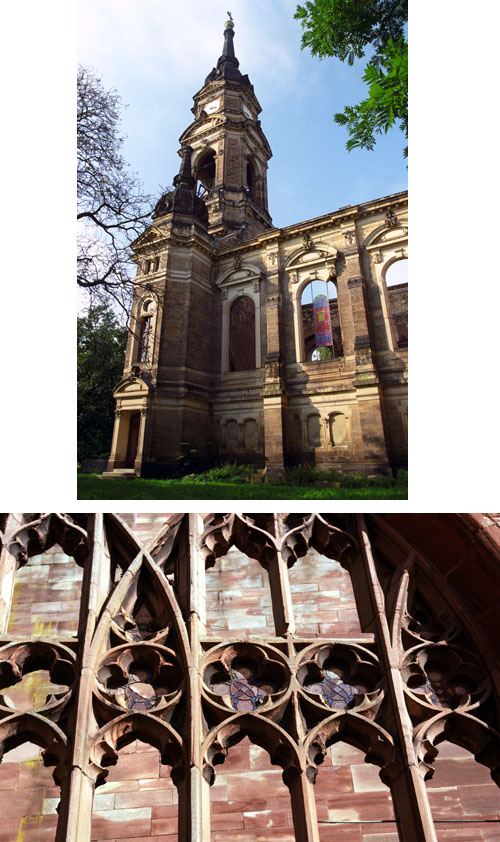Archive for the ‘From Above’ Category
March 10th, 1945 Tokyo Fire Bombings
Wednesday, March 7th, 2012Mr. Matashichi Oishi, former crew member of the Daigo Fukuruyu-Maru (Lucky Dragon 5)
Wednesday, February 29th, 2012Mr. Akio Sakita
Saturday, February 25th, 2012..February 2012.. ..Nagasaki..
Sad news from Nagasaki. Mr. Akio Sakita, an atomic bomb survivor I photographed for From Above, passed away earlier this month from pneumonia. He was 83 years old.
Mr. Sakita was the last portrait I photographed on the initial trip to Nagasaki. An hour after I snapped his photograph I was on a train back to Tokyo. I wanted my memories of Nagasaki to be the eleven people I photographed during the trip. I started photographing in Nagasaki as soon as I arrived and photographed until the last minute I was there.
Mr. Sakita was soft spoken. At times his voice could barely be heard. He paused often for long moments to finish sentences. But the smile in his portrait was one of the most welcoming images of the project.
When I returned to Nagasaki a year later to present From Above as an exhibition at the Nagasaki Peace Museum, Mr. Sakita was the first person to greet me at the gallery opening. He arrived even before the press. I wasn’t sure he was going to attend because he was in fragile health. When I saw him at the gallery it was like seeing an old friend I hadn’t expected to see. We were able to speak for a while and look through the photographs together. This was the first time any of the atomic bomb survivors were able to see the other portraits in the project. They had only seen their own portraits before.
I said good bye to him at the exit of the Nagasaki Peace Museum. I watched him walk alone through the pouring rain of Japan’s famous “rainy season.” When he disappeared out of sight into the horizon I gave my last bow out of respect. This was the last time I saw Mr. Sakita. The moment was captured by a Community Media cameraman shooting a documentary about From Above. I’ve attached the documentary at the end. Mr. Sakita makes his exit at 8:30 into the documentary. It’s moment I will always remember. Almost half of the hibakusha photographed for From Above have now passed away.
From Above By Paule Saviano from paul saviano on Vimeo.
Mr. Hideto Sotobayashi
Thursday, February 23rd, 2012..February 2012.. ..Berlin..
Sad news. Mr. Hideto Sotobayashi, an atomic bomb survivor from Hiroshima, passed away on December 27, 2011. I photographed Mr. Sotobayashi in Berlin during May 2011. He was the only hibakusha I have photographed who moved to Europe later in life.
Mr. Sotobayashi was born in Nagasaki but moved to Hiroshima during his childhood. He was 16 years old, attending school one and a half kilometers from the epicenter when the atomic bomb was detonated over Hiroshima.
In the 1960’s he moved to West Berlin to teach at a university and lived in Berlin the remainder of his life.
I photographed Mr. Sotobayashi around the Brandenburg Gate. It was a typical temperamental spring day in Berlin, warm one moment than interrupted by a cold breeze the next moment. Threatening battleship gray clouds cut through the regal blue sky. He spoke poetically about living in Berlin, experiencing all the changes in the city and the fall of the Berlin Wall. Berlin sounded like his second home.
He didn’t start speaking about his experiences in Hiroshima until a couple of years ago. After the March 11th earthquake and tsunami resulting in the disaster at the Fukushima Diiachi nuclear power plant, Mr. Sotobayashi spoke more frequently throughout Europe about his experiences in Hiroshima and the dangers of radiation.
Recently Mr. Sotobayashi was responsible for helping get a small monument built in Potsdam, Germany remembering those who perished in Hiroshima and Nagasaki.
He was one of the most passionate hibakusha I photographed for From Above. He understood the urgency to speak out about the dangers of nuclear weapons and catastrophe.
Even though his portrait isn’t included in the From Above book because I photographed him after it went to print, his portrait in Berlin will be included in future From Above exhibitions.
I tried to contact him a couple of times this autumn to see how he was feeling. But wasn’t able to connect. Today I received the sad news he passed away on December 27th, 2011.
From Above book release featured in Metropolis Magazine (Tokyo)
Friday, February 17th, 2012..February 2012.. ..Tokyo..
A story written by Colin Buchan Liddell for Metropolis Magazine about From Above being released as a book.
http://metropolis.co.jp/features/feature/the-unforgettable-fire/
From Above features my portraits of atomic bomb survivors and fire bombing survivors from Tokyo and Dresden.
The book is available in Japan through Kinokuniya book store and Amazon.com.jp. In the US and Europe, it’s available by contacting me directly and soon through PhotoEye.com.
Ceremony at the Dresden Altmarkt
Monday, February 13th, 2012….Mourning Girl Sea of Tears….
Sunday, February 12th, 2012Mr. Heinz Meier
Thursday, February 9th, 2012Günther Kannegießer
Wednesday, February 8th, 2012The Ruins of Trinitatiskirsche in Dresden and Coventry Cathedral in Coventry
Tuesday, February 7th, 2012..February 2012.. ..Dresden..
The top photo in each series are the ruins of Trinitatiskirsche and bottom photo are the ruins Coventry Cathedral.
Trinitatiskirsche was destroyed on February 13th, 1945 when Dresden endured 3 continuous waves of Allied bombing that lasted until the next day. Only the crater lined outer walls still stand today.
The Coventry Cathedral was destroyed during the Coventry Blitz on November 14,1940 by the German Luftwaffe. Only the tower, spire, outer wall and bronze effigy of its first bishop, Huyshe Wolcott Yeatman-Biggs, survived.
Both destroyed structures serve as reminders of the indiscriminate scars of war. Coventry and Dresden shared similar fates during WWII. The cities were pulverized with bombs leaving only memories of what the famous cities once were.
The structure of the Trinitatiskirsche was used as a community center during the GDR. The ruins of the Coventry Cathedral is now used as memorial while it neighbors the new cathedral.
For those who experienced the bombings, these surviving structures are not only reminders of what once stood respectively in Dresden and Coventry but also lost memories of their childhoods and experiences with their families that were taken away by war.
